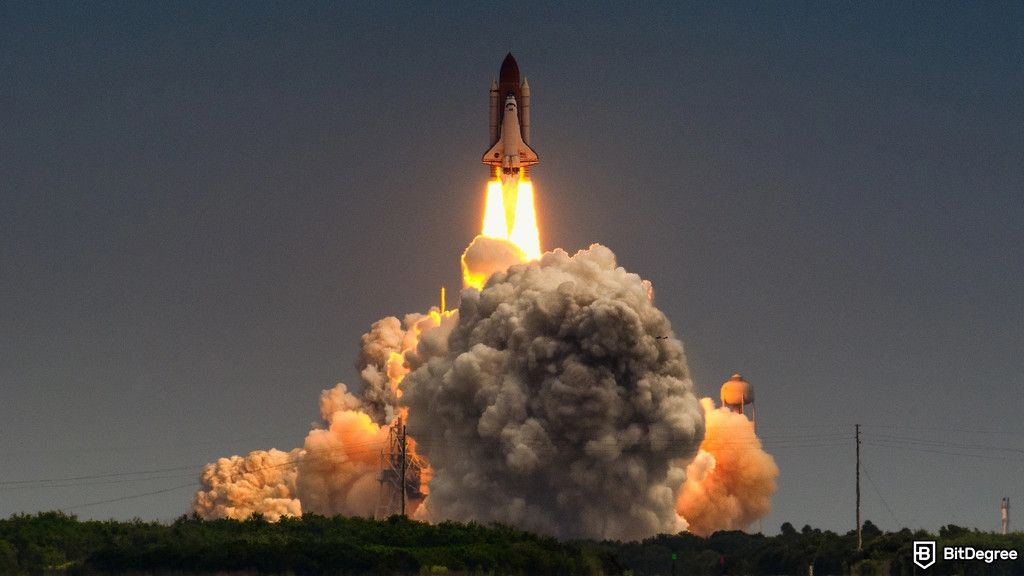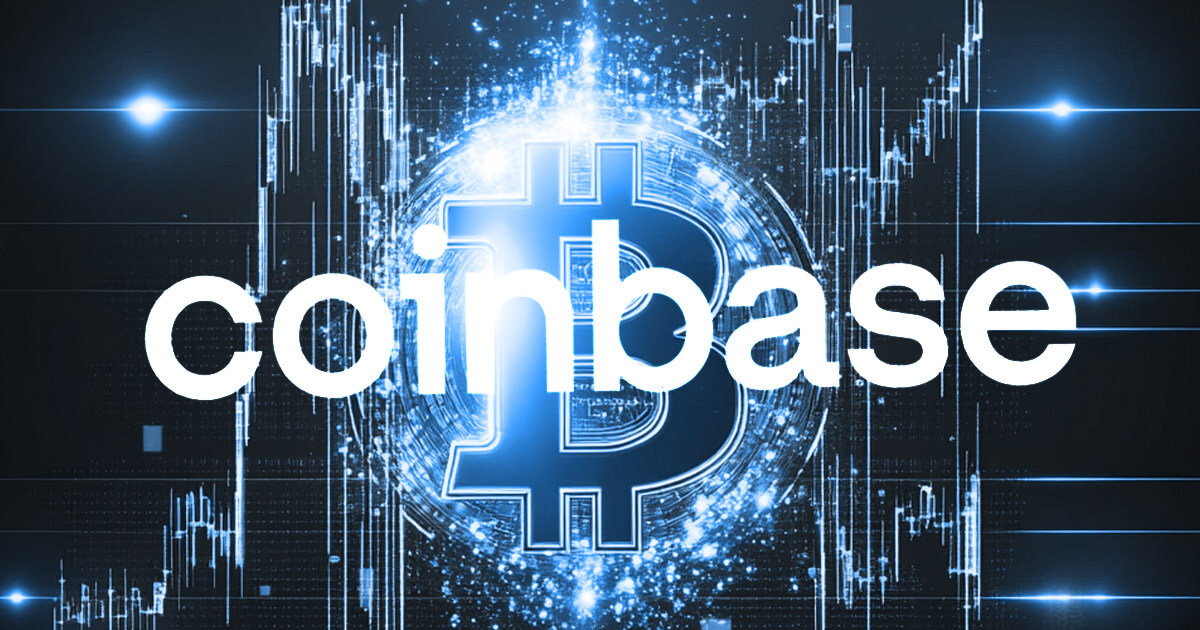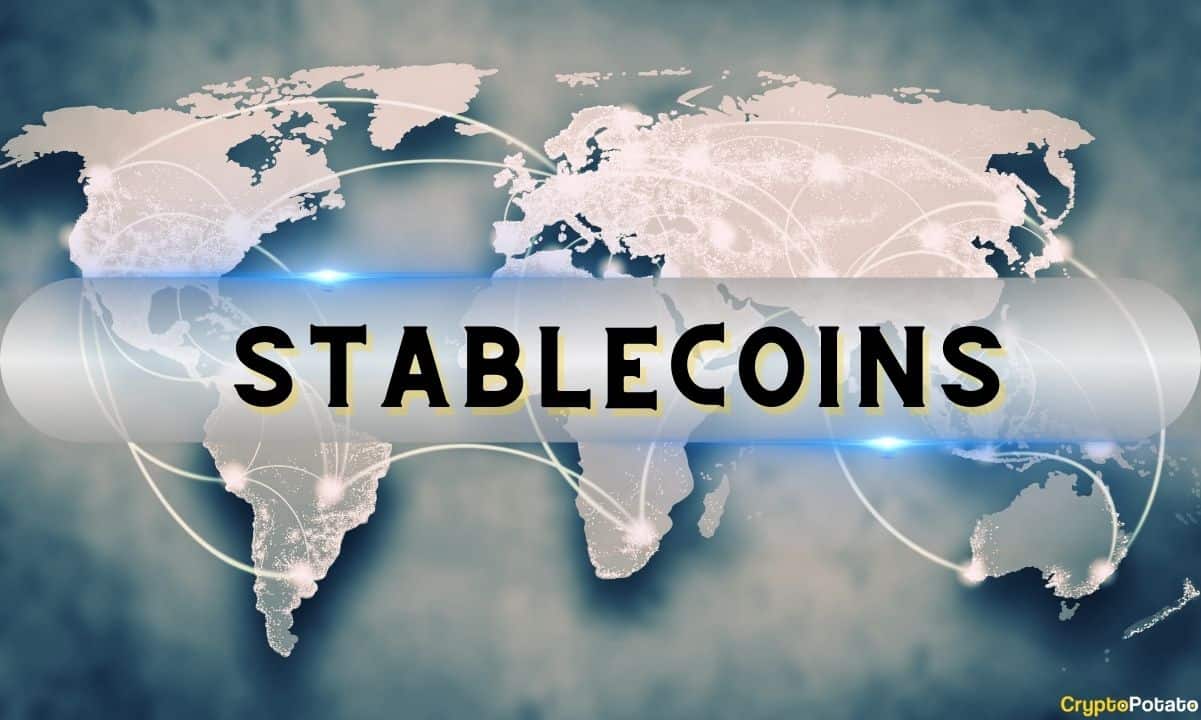
Brian Pasfield, CTO of Fringe Finance, shares his thoughts on the future of Ethereum after the Merge, its effect on the DeFi market, and what may happen to the mining industry in the future.
Hi, thanks for joining me for an interview. Now, as the Merge has taken place, what should we expect to happen to the Ethereum mining industry?
With the Ethereum Merge, the existing Ethereum proof-of-work mining industry essentially vanishes. On a side note, gamers and the AI industry will be very happy, given the consequence of Ethereum miners no longer needing any GPU rigs for PoW Eth mining.
There will be lower demand for GPUs, and many of the GPU rigs previously used for ETH PoW mining will be made available on the secondary market.
In your opinion, how viable are Ethereum PoW forks?
It is unlikely that an ETHPoW fork will be viable at this stage. Not because PoW isn’t viable long-term. It is because of a combination of factors, including the instigators of the PoW fork are not highly organized, the PoW fork is not sufficiently differentiated from ETH Classic, and because of the network effect of the majority of the community embracing the Ethereum PoS Merge.
Consequently, the predominant stablecoin suppliers will choose which chain they will convert their stablecoins to, keeping in mind that a USDC token today cannot be equal to $1, both on the Ethereum POS and the Ethereum POW chains. The same applies to centralized stablecoin issuers (e.g. USDC, USDT) and has a knock-on effect on decentralized stablecoin issuers currently relying upon the centralized stablecoins (e.g. MakerDAO’s DAI.)
In your vision, will the ETH Merge affect the DeFi market and dApps? How?
The core value proposition of DeFi is censorship resistance. This is just movement on the battlefront in the long-term road for DeFi to establish censorship resistance. And it seems DeFi has just made a poor battlefield move.
After the Merge, there are some headwinds for the DeFi ecosystem. This is apparent from the just-released US Federal Reserve DeFi report “Decentralised Finance (DeFi) – Transformative Potential and Associated Risks.” This is one of the first Fed reports that convey elements of proper understanding of the DeFi ecosystem (though it gets many things wrong).
A key takeaway is that the authorities correctly identify many of the current central points of weakness of the DeFi ecosystem. The ETH Merge introduces further attack surfaces for authorities, specifically to coerce node operators. This is in addition to the other critical attack vectors introduced by PoS, primarily bribery attacks on node operators. I do not doubt that authorities and other actors will exploit these vulnerabilities and centralized weaknesses of the DeFi ecosystem in time.
How do you see Ethereum’s future?
The future of Ethereum after the Merge is somewhat open. Ethereum will have a chance for the long term if the community and dApp developers make a concerted effort to recognize DeFi’s core value proposition of censor resistance. Creating end-to-end DeFi components and solutions resistant to censorship would be critical.
And the coercion attacks by authorities and bribery attack problems that arise through the transition to PoS may be an existential risk for Ethereum and other PoS chains. Ethereum will get censored more if these needs go unaddressed, becoming just the centralized finance on the Ethereum blockchain.
The US Whitehouse’s Office for Science and Technology Policy has just issued a report titled Climate and Energy Implications of Crypto-Assets in the United States (8 Sep 2022). It is clear through the fallacious arguments it poses and convenient disregard of many salient facts that this report is driven by ideological imperatives not based in reality.
The takeaway here is the US Whitehouse has its crosshairs on PoW. Though it’s under the guise of protecting the environment, this report’s glaring mountain of factually incorrect content makes it obvious that using the environment is a smokescreen. Those authorities just don’t like PoW, and it’s clear the real reason is because of its greater uncensorability. DeFi needs to respond to this lest it becomes ‘censorable DeFi.’
Does reducing crypto networks’ energy consumption have any chance of becoming a new trend?
Given the precedent of Ethereum’s move to PoW, PoS will be willfully adopted over PoW by various other chains. But given there are additional attack vectors that arise because of PoS that result in existential risks to such chains, the Darwin effect will eventually see those PoS chains fail in their ability to maintain censorship resistance.
Given that DeFi’s core value proposition is censorship resistance, PoW will continue to have a place and progressively more. If DeFi dispenses with PoW, it results in greater censorability. But there’s no point in ‘censorable DeFi.’
Can you expand a bit on that last answer – which attack vectors are PoS networks susceptible to, and why are Proof-of-Work (PoW) systems resistant to such attacks?
There have been a number of reports dedicated to pointing out flaws in PoS networks. Censorability, progressive centralization, and misalignment of economic incentives all can be considered as attack vectors.
In fact, Vitalik Buterin himself has publicly spoken about this topic, pointing out that the Ethereum blockchain’s main goal is not to be attack-proof, but to be able to build itself back and come back stronger after a possible attack. PoW are not resistant to all kinds of attacks, but they indeed have proven themselves through some of the strongest chains to date and deserve merit as tried-and-true mechanisms.
What is your Bitcoin price prediction for the end of 2022? When do you expect the current bearish market sentiment to end?
I’m not in the business of making predictions, but I’d go as far as to say that Bitcoin’s price may only get worse if the status of the world’s peace status continues going downhill. Risk-on instruments are by design not the kind of asset that performs well in times of war.
Is there anything else you would like our readers to know?
Even if for all the right reasons, you don’t want to build tools for good that might be used for evil. Censorable tools will, over a long enough period of time, end up being censored. Consider this as we continue to watch the future unfold.







